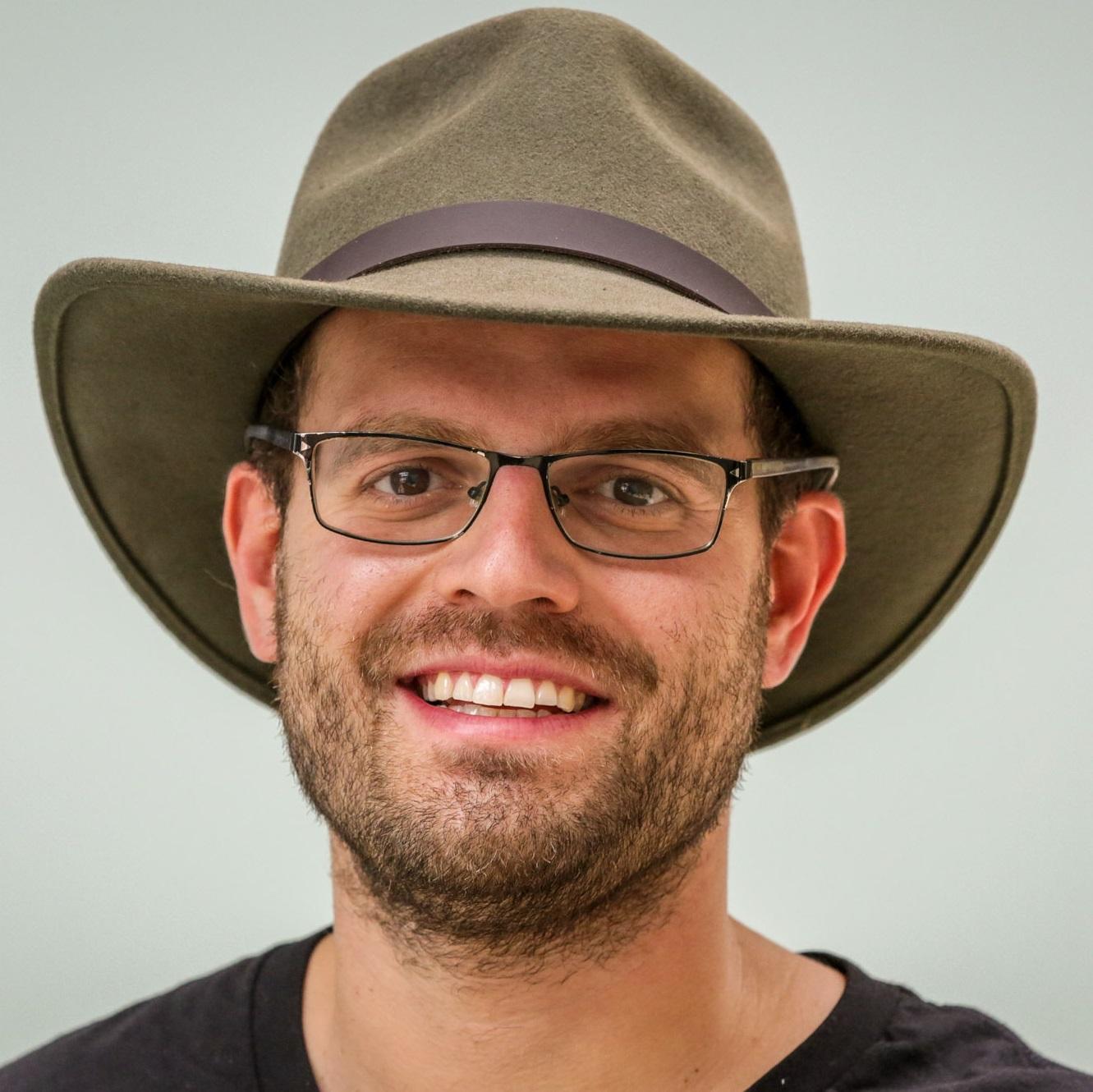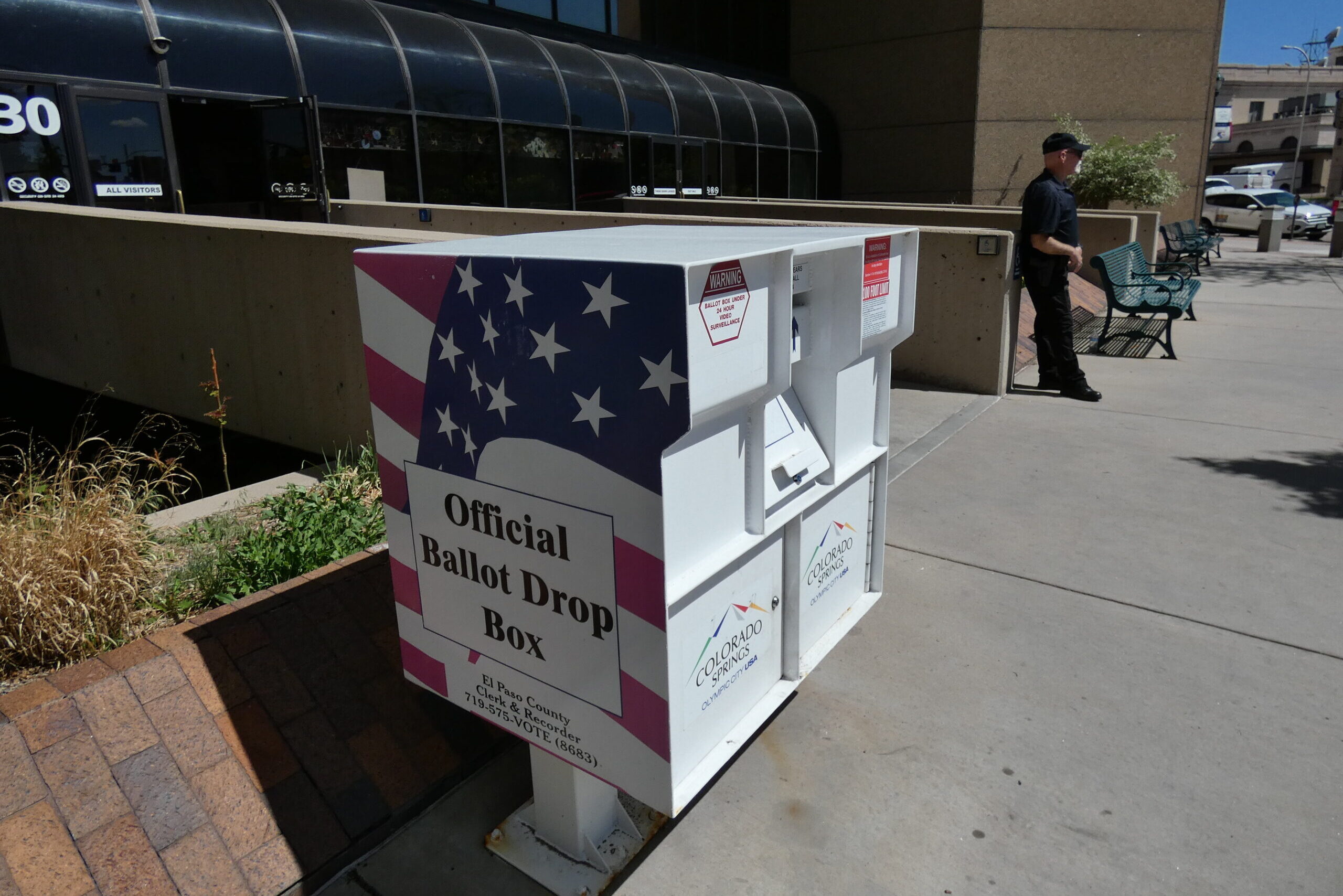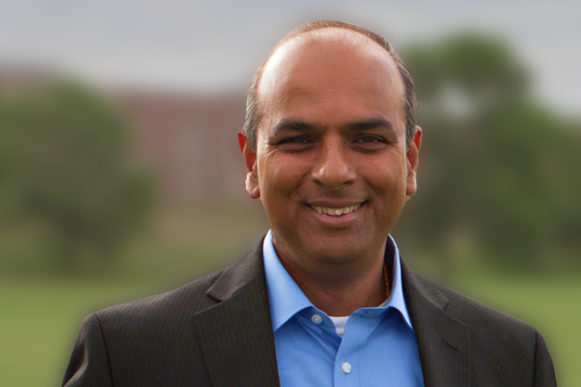
‘Turning A (Non) Profit: How Nonprofits Benefit Our Community' is an occasional series from 91.5 KRCC.
There are thousands of non-profit organizations in El Paso county alone. Some are fairly well known, many are not. 91.5 KRCC would like to introduce you to some of the lesser known organizations, and help you discover some things you may not have known about the more familiar groups.
On this occasion we visit with the Energy Resource Center.

The Energy Resource Center just celebrated its 40th anniversary. I spoke with Howard Brooks, the Executive Director at E.R.C. towards the end of 2019. With a smile and a wink Howard informed me that Colorado Springs is the 'world headquarters' of the Energy Resource Center. Truth be told, the organization did begin in Colorado Springs in 1979. It now has four offices and serves 27 counties throughout Colorado, including many rural areas such as the San Luis Valley, as well as Metro Denver.
Howard's tone turned much more serious when I asked him about some of the sobering statistics contained in the organization's 2018-2019 Annual Report: 37% went without medical or dental care; 34% didn't fill a precription or took a reduced dose; 24% went without food for a day. Howard explains that those living in energy poverty will make sacrifices in groceries and or medicines in order to keep the lights and heat on in their homes.

About two thirds of the clientele served by the Energy Resource Center are senior citizens, living on a fixed income. Low income families make up a large portion of the rest of that clientele. However, anyone can contract with the certified professionals at E.R.C. to make their homes more energy efficient. Howard refers to that as the 'pay it forward' program since any profits from those jobs get funnelled back into the system in order to help the less fortunate. People who rent homes can also apply for energy assistance provided their landlord is agreeable to the process.

Howard is quick to point out the many benefits the Energy Resource Center can offer, especially to those on fixed or low incomes. Not having to skimp on groceries or prescriptions is obviously a big one. Health and safety are also a concern. An energy audit by the E.R.C. can reveal possible carbon monoxide issues due to a faulty furnace or a disconnected flue. An audit can also reveal potential issues like mold, water or sewer leaks, and bad electrical wiring. Physical comfort is also important. Why live in a cold and drafty house if that can be fixed? Howard also mentions the environment and the adverse impacts on it all that wasted energy causes.

I also spoke with Mike Mazzola, the Development Director at Energy Resource Center. Mike is a fount of information regarding how funding and fund allocation works at E.R.C. He says there are many sources of revenue that help fund the services they provide including foundations, individual donors, corporate sponsors, the U. S. Department of Energy, the Colorado Energy Office, Xcel Energy, the Rural Electric Cooperative of the San Luis Valley, Colorado Springs Utilities (LEAP). A lot of that funding is based on population, however. That means less money is allocated to rural areas such as the San Luis Valley as opposed to more populated areas like metro Denver or Colorado Springs. Subsequently, the wait time for energy assistance in those rural areas, where many families might have lower incomes, is a lot longer. Mike says there's currently about 500 homes in the SLV waiting for service.

Mike Mazzola provided me an opportunity to check out an E.R.C. work site in progress on the near north side of Colorado Springs recently. It was one of the coldest mornings of this fresh young year but homeowner Harvey White gave me a very warm welcome. Harvey informed me that his house, not far from I-25 and Fillmore, was roughly on the northern edge of town when it was built back in the 1950's. He also told me that after conducting an energy audit, the Energy Resource Center found little to no insulation in his walls and attic. New insulation, a new refrigerator, some furnace work, and some other minor items were on the work order for Harvey's house that day. The crew that day was taking great care in their work by laying down tarps and putting up plastic barriers to keep the construction mess to a minimum. Crew chief Joseph Quintana explained they are very thorough on any given job site, whether it's replacing major items like furnaces and appliances or smaller things like shower heads, weather stripping, and light bulbs, which can add up and cause lots of energy waste. The work crew also seemed to be enjoying themselves. Joseph summed it up nicely by telling me they all take pride in their work, and in doing a good job, but beyond that... "knowing that we've improved someone's life - that's the reward".
"...knowing that we've improved someone's life - that's the reward."
Joseph also explained to me that Harvey's house was so deficient in insulation that after the work is complete Harvey might even realize up to a 40% savings on his utility bill. The average savings after a typical job completion is generally around 25%. And so I asked Mr. White what he was planning to do with the money he could save on utilitity bills. His reply? "Oh, buy medicine, you know."

The best first step in finding out if you might qualify for energy assistance is to call one of the four regional offices, depending on where you live: Pikes Peak Region (in Colorado Springs) is 719-591-0772; San Luis Valley is 719-587-9492; Denver Metro area is 720-236-1321; Northern Colorado office is 970-617-2801. Or you can always find out more online at www.erc-co.org.







